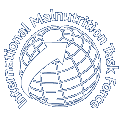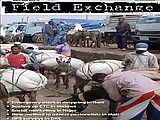- The CTC advisory service: Supporting the Country-wide scale up of CTC in Malawi
- New method for assessing acute malnutrition in nomadic pastoralist populations
- Impact of WHO standards on SAM response to treatment
- FANTA training guide for Community Management of Acute Malnutrition
- WHO/UNICEF/WFP/UNHCR informal consultation on moderate malnutrition management in Under 5s
- Toolkit for addressing Nutrition in Emergencies
The challenge of a National scaling up of CTC in Malawi, Approach, Main achievements, Challenges and Lessons learned have been discussed. One of the lessons was that having a separate support unit within the Ministry of Health to focus on issues of scale up was essential to rapid progress achieved in Malawi. This was because the demands of scaling up generally exceeded the existing resources.
The authors of the Field article titled “New method for assessing acute malnutrition in nomadic pastoralist populations” described two main challenges in surveying this group. These were:
- Case definition for wasting. The usual weight-for-height based case definitions has returned higher prevalence’s of malnutrition than Mid Upper Arm Circumference in pastoralist children over 24 months.
- Selecting a representative sample in an area with a mobile low density population for whom there are few reliable data on population size at the community level.
On the impact of WHO standards on SAM, it was stated that a total of eight times more children (n=25, 754) were classified as severely malnourished according to the WHO standards compared to the NCHS reference (n=2, 989). However the impact of using the WHO standards was that children had shorter durations of treatment, greater rates of recovery, fewer deaths and less loss to follow-up or need for inpatient care.
There are other interesting presentations in the current Issue. Click on the link to access the full publication.

